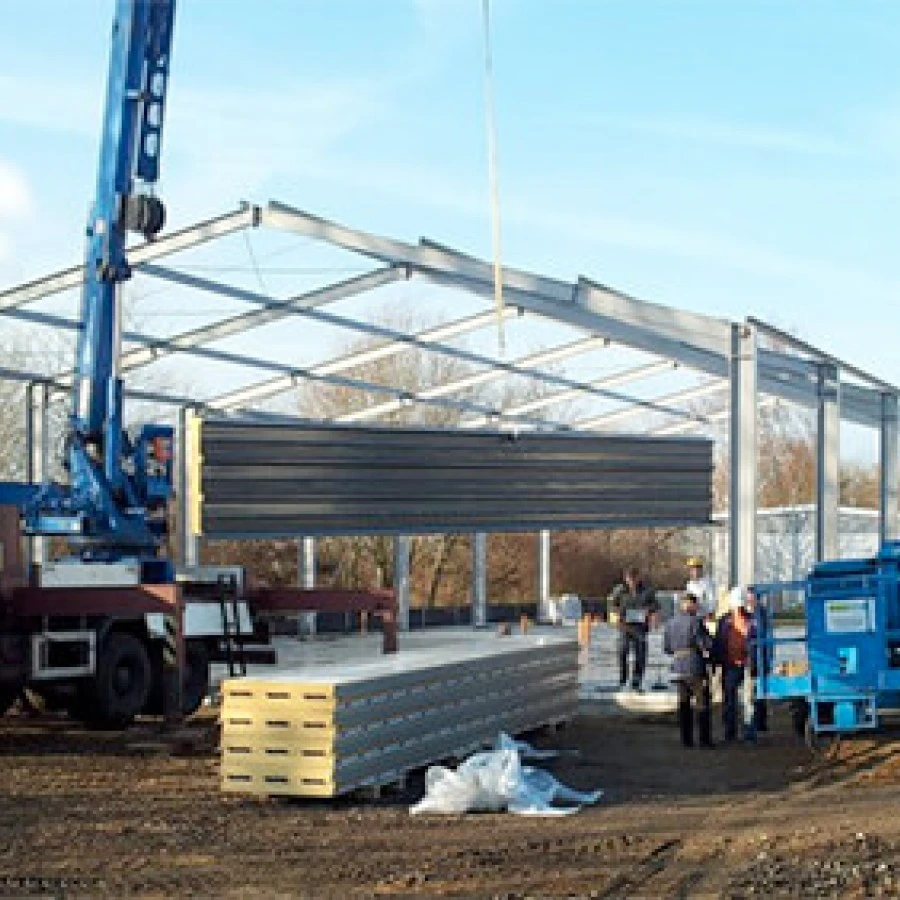- Afrikaans
- Albanian
- Amharic
- Arabic
- Armenian
- Azerbaijani
- Basque
- Belarusian
- Bengali
- Bosnian
- Bulgarian
- Catalan
- Cebuano
- Corsican
- Croatian
- Czech
- Danish
- Dutch
- English
- Esperanto
- Estonian
- Finnish
- French
- Frisian
- Galician
- Georgian
- German
- Greek
- Gujarati
- Haitian Creole
- hausa
- hawaiian
- Hebrew
- Hindi
- Miao
- Hungarian
- Icelandic
- igbo
- Indonesian
- irish
- Italian
- Japanese
- Javanese
- Kannada
- kazakh
- Khmer
- Rwandese
- Korean
- Kurdish
- Kyrgyz
- Lao
- Latin
- Latvian
- Lithuanian
- Luxembourgish
- Macedonian
- Malgashi
- Malay
- Malayalam
- Maltese
- Maori
- Marathi
- Mongolian
- Myanmar
- Nepali
- Norwegian
- Norwegian
- Occitan
- Pashto
- Persian
- Polish
- Portuguese
- Punjabi
- Romanian
- Russian
- Samoan
- Scottish Gaelic
- Serbian
- Sesotho
- Shona
- Sindhi
- Sinhala
- Slovak
- Slovenian
- Somali
- Spanish
- Sundanese
- Swahili
- Swedish
- Tagalog
- Tajik
- Tamil
- Tatar
- Telugu
- Thai
- Turkish
- Turkmen
- Ukrainian
- Urdu
- Uighur
- Uzbek
- Vietnamese
- Welsh
- Bantu
- Yiddish
- Yoruba
- Zulu
Aug . 28, 2024 04:01 Back to list
Steel Warehouse Buildings The Future of Storage Solutions
In the evolving landscape of commercial construction, steel warehouse buildings have emerged as a preferred choice for businesses seeking robust, versatile, and cost-effective storage solutions. As industries continue to expand and adapt to changing market demands, the significance of efficient warehousing systems cannot be overstated.
One of the primary advantages of steel warehouse buildings is their durability. Unlike traditional wooden structures, steel is inherently resistant to various environmental challenges, such as pests, rot, and extreme weather conditions. This resilience translates into reduced maintenance costs and extended lifespan, making steel an economically sound investment for businesses. In times of heavy snowfall or severe storms, steel warehouses can withstand the pressure, ensuring the safety of the stored goods.
Another compelling reason for the rise in popularity of steel warehouses is their design flexibility. Steel components can be easily modified to accommodate a variety of layouts and configurations. Businesses can customize the size and shape of these structures based on their specific storage needs. Whether it is a small facility for local distribution or a large-scale warehouse for e-commerce operations, steel buildings can be tailored to meet the necessary specifications. This adaptability is particularly beneficial in fast-paced industries where space requirements can change rapidly.
steel warehouse buildings

The speed of construction is another critical factor favoring steel warehouse buildings. Steel structures can be erected much faster than traditional buildings, significantly reducing downtime and allowing businesses to begin operations sooner. With prefabricated steel components, construction processes become streamlined, leading to efficient project completion. This rapid turnaround is crucial in a competitive market where time-to-market can often dictate success.
Furthermore, steel is a sustainable building material. Many steel products are made from recycled materials, and the recycling process is energy-efficient. Many steel warehouses are designed with sustainability in mind, incorporating energy-efficient systems, insulation, and even solar panels, which can help reduce operating costs over time. By choosing steel, businesses not only invest in their infrastructure but also contribute to environmental conservation efforts.
Cost-effectiveness is perhaps the most compelling argument for opting for steel warehouse buildings. While the initial investment may be comparable to traditional construction methods, the long-term savings on maintenance, energy efficiency, and durability make steel a more economical choice. Additionally, the potential for insurance savings arises due to the fire resistance and structural integrity of steel, further enhancing its appeal.
In conclusion, steel warehouse buildings represent a significant advancement in storage solutions for modern businesses. Their durability, design flexibility, rapid construction, sustainability, and cost-effectiveness make them a top choice for companies looking to optimize their operations. As industries continue to evolve and the demand for efficient storage solutions grows, steel warehouses will undoubtedly play a crucial role in shaping the future of commercial infrastructure. Embracing this innovative building technology allows businesses to position themselves competitively in an ever-changing market landscape.
-
Navigating the World of Steel Building Services: Who to Choose?
NewsJun.23,2025
-
How Do Steel Frame and Prefab Building Factories Shape Modern Construction?
NewsJun.23,2025
-
How Do Steel and Metal Structures Shape Modern Industrial Spaces?
NewsJun.23,2025
-
How Do Prefab Buildings of Various Sizes Meet Modern Construction Needs?
NewsJun.23,2025
-
How Do Factory Buildings and Metal Structures Redefine Industrial Infrastructure?
NewsJun.23,2025
-
Exploring Key Aspects of Industrial Building Development: What You Need to Know?
NewsJun.23,2025
Products categories
Our Latest News
We have a professional design team and an excellent production and construction team.












